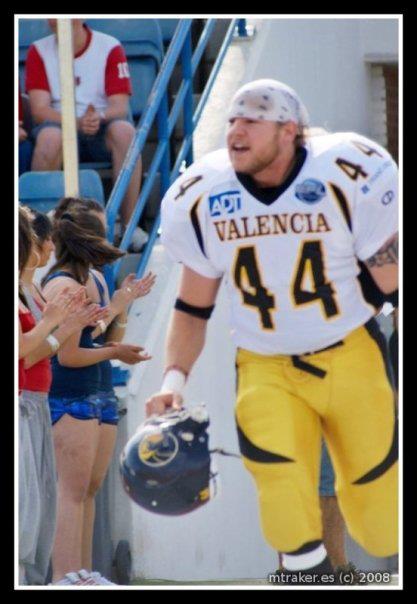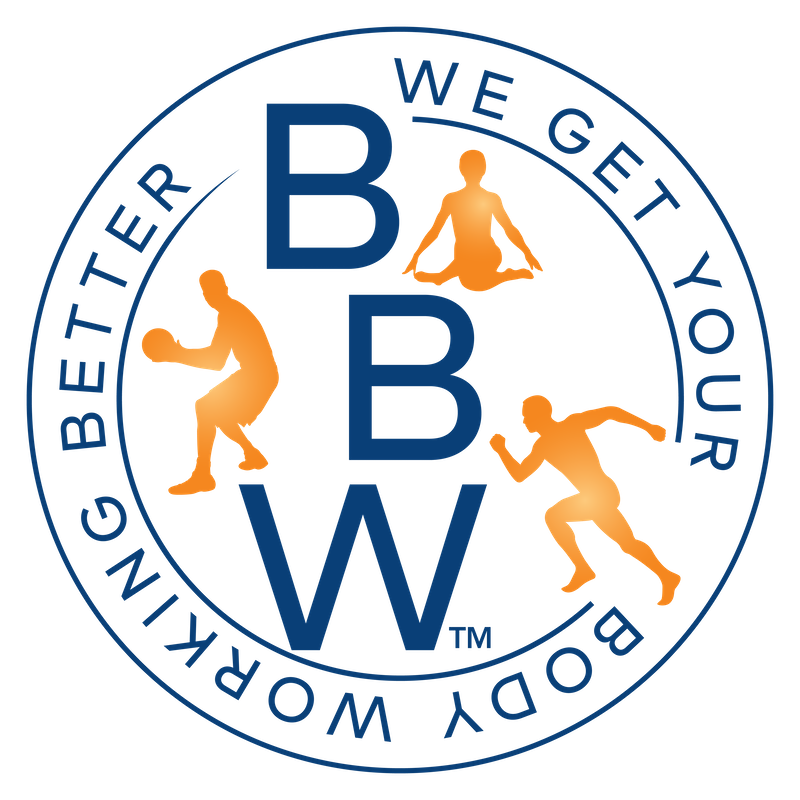
My Ankle Sprain
Learning to work THROUGH an injury…
In our last few facebook feeds we’ve talked about “Pain”- what it means, how to judge its severity, and how to manage it. The following is a true story detailing one of my many injuries and how I went about using the P.R.I.C.E and M.E.A.T. methods to get as healthy as possible in order to take the field with my teammates once again.
My Ankle, My Sprain, My Return…
In the summer of 2006, I decided to try out for the Buffalo State football team. I was in the best shape of my life and ready to get back to the sport I loved. After trying out I was invited to camp where I made the team and was in contention for the starting position at tight-end. During our last preseason camp work out everyone was feeling the fatigue of yet another three hour two-a-day practice in the humid 92 degree temperature, and mental mistakes were being made left and right. Linemen were jumping off sides, running backs were fumbling the ball, corner backs were dropping sure-handed interceptions, and of course, this led to further callisthenic punishment by our beloved head coach. “With pain comes memory!” was his famous catch-phrase while push up’s and burpee’s ensued.
The end-of-practice scrimmage was competitive and aggressive. Everyone was excited to close camp on a high note and we all wanted to make the next big play. Everyone was competing for a starting role. I was set out on a post route and made a 38 yard reception over the middle for a first down. We moved the chains as the clock ticked down, and with only 36 seconds left in the scrimmage, we had know choice but to go for the endzone. The coach called the exact same play, only this time the defense had it covered. The quarter back dropped back and threw and easy interception and we all scrambled to reverse our bodies momentum to tackle the ball carrier. As I tried to stop sharply and make a hard cut in the opposite direction my right foot fell into a divot on the rock hard practice field and I rolled my ankle, buckling me to the ground.
And so it was my fait to end my first collegiate football camp with a second degree ankle sprain…
Acute treatment (P.R.I.C.E.)
It was a couple weeks before I could fully bare weight on my right ankle and the swelling had lingered longer than anticipated by my trainers. So I kept it wrapped every day, only taking it off before bed, and I made sure to stay off it for a full week. (Crutch’s really aren’t fun)
Whenever I had the chance to sit I made sure to keep my ankle elevated in order to reduce the swelling. Ice was used in bags, in bucket’s and in blocks directly on to the injury itself (The trainers were pretty adamant about that), but the longer I was out, I knew the harder it was going to be to secure a starting spot on the team. That being the case I knew I had to return to the field before my injury was fully healed.
Once I was able to run 50% full speed I decided to “man up” (dumb idea) and try to practice, but playing hurt is also a part of the sport. A player in a full-contact sport always has to try and feel-out whether they’re “hurt” or if they’re “injured”. The simple difference between the two is if you’re hurt, you can still play. If you’re injured, you can’t…
Looking back on it now I was definitely still injured, and as the season went on my injury healed a little, but never fully.
Chronic Injury (M.E.A.T.)
I took pain killers (analgesics) to dull the pain, tried to stretch it out constantly and tried to strengthen my ankle by going to the gym at least three times a week. It wasn’t until I went to physical therapy that I realized how to properly strengthen my ankle while it was still in the process of healing. I didn’t realize it before, but up until this point I was going about it all wrong. I tried to push too hard to fast and my physical therapists taught me that with an injury such as an ankle sprain, there are many other elements involved than just “strengthening” it. They broke it down for me piece by piece, showing me that increasing the stabilizing and balancing muscles in the ankle were essential to making it strong again. It was a long road in Physical Therapy, but in the end it was time-well-spent. I returned to the field with a few weeks left in the season. My range of motion was limited and my overall athleticism took a drastic hit, but with the proper care, I was still able to return to the field and become an impact player.
One thing I had to learn when taking care of my ankle was that there is no “one size fits all” protocol for any injury. Each injury is unique, and they have to be treated as such.
With the rehab of my ankle, I had to start from scratch.
I learned never to stretch a cold muscle. A muscle is always “more-ready’’ to move when it’s warm, so my ankle was heated with hot packs before each session. In the beginning, the trainers had me doing very limited, non-weight-baring exercises, which for me was the most painstaking part of therapy. I was use to running into 250lbs defensive linebackers on a daily basis, so for me to have to sit there and use a giant rubber band to help repair my ankle seemed useless, (that is at least until I actually tried it). IT WAS DIFFICULT!!! I could not believe that I was able to squat 500 pounds, but I couldn’t stand on one foot for 60 seconds. This included a lot of stretching, thera-band exercises and massage therapy, but as time went on I moved on to more balance and stabilizing exercises. Things like standing unilateral on a BOSU or bouncing on a trampoline, eventually doing some resistance work. My rehab was at an end when I was able to squat, lunge and do more agility drills while having the pain in the ankle be more manageable than severe.
It wasn’t until the season ended and I was able to take two or three weeks to give my ankle the attention and rest it deserved for it to fully heal, but it was the trainers and my physical therapy that got me through the season.
I can attest first hand that dealing with chronic pain during a season can be hard to overcome, but with the proper knowledge of caring for an injury an athlete can choose the best strategy for each specific injury.
-Matt Holbok


